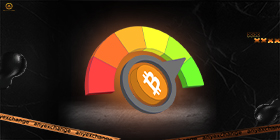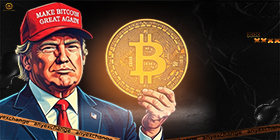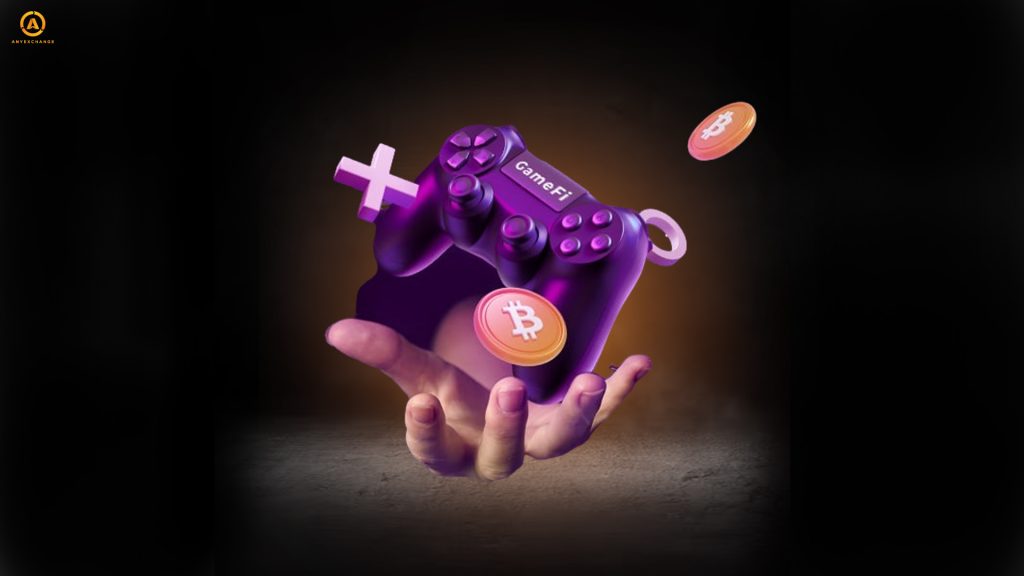
At a certain point, when GameFi was unable to compete with the usual online games, the developers realized that without a compelling story, high-quality graphics, and exciting gameplay, it would be impossible to build a large and stable user base. Financial incentives without compelling gameplay won’t keep players engaged. And an exciting gameplay experience is the first thing you have to give players.
The Web3 evolution that is unfolding before our eyes is transforming the gaming space and showing gamers a revolutionary change in the gaming industry. This new iteration of the Internet decentralizes creativity and control. The user has true ownership of the gaming experience and in-game items, making “their favorite way to spend time in the world” even more appealing. In particular, the integration of GameFi with the meta-universe concept provides an effective synergy of both spheres, significantly accelerating their growth and creating all the conditions for the web3games sector to overtake the film and music industries combined.
GameFi History and Issues
The early generation of web3games offered users the ability to perform simple game tasks to generate passive income. They were essentially a steaking mechanism with elementary gameplay as a wrapper. Projects of this type died as quickly as they appeared: after receiving profits from naive beginners with burning eyes, they entered an inevitable phase of deceleration. Blockchain games took their first steps toward realizing ownership and embedded finance, but they lacked technical sophistication, gameplay depth, and narrative quality. Game developers quickly realized that they needed to move away from the financial aspect and focus on the gameplay.
The groundwork for GameFi was laid by blockchain games, which began using NFTs (non-replaceable tokens that prove ownership of unique digital objects). It was only with their emergence that it became possible to create games where participants could be full owners of digital characters and objects. Thus, they became the basis for the beginning of commercial relationships between players.
Already in 2017, NFT kittens from the CryptoKitties project were bought and sold for tens of thousands of dollars. And this was a breakthrough, because it clearly demonstrated that in games you can not only spend money, but also earn it.
By 2021, the market is already mature. And the critical mass of developers ready to create such projects, as well as players ready to participate in them, laid the foundation for the formation of a separate market segment called “GameFi” (Game Finance). The term was coined in 2020 by renowned blockchain developer André Cronje, also known as the “Godfather of DeFi”. Since then, GameFi has come to refer to the full range of gaming projects created on the blockchain. Such projects offer monetization opportunities to the user (players are rewarded in game tokens for their development within the game). At the same time, GameFi does not refer to gambling, as it is assumed that the player has a strategy to generate income, rather than relying on luck as in casino games.
All participants have a game arsenal, game elements – virtual property on which the virtual economy of the game is built: tools, territories, weapons, buildings, with the help of which their character (avatar) develops in the game. Players create unique virtual avatars or collections of items that can be bought and sold on embedded or third-party marketplaces.
Game tokens are mostly native game tokens that can be earned and then exchanged for cryptocurrency or fiat. They also have the functionality of service tokens: the user can participate in development or have other powers depending on the number of in-game coins in their personal balance.
The GameFi sector can be roughly divided into several categories:
The main blockchain on which games were created until 2020 was Ethereum. Over time, developers began to use other networks that offered low-cost and fast solutions: Solana, Polkadot, Polygon, Tron, Wax, EOS, Binance Smart Chain and others. Platforms specializing in gamification tools, tokenization, collection creation and other NFTs (such as the Flow platform) have also started to appear.
Meta Universe — Rethinking GameFi
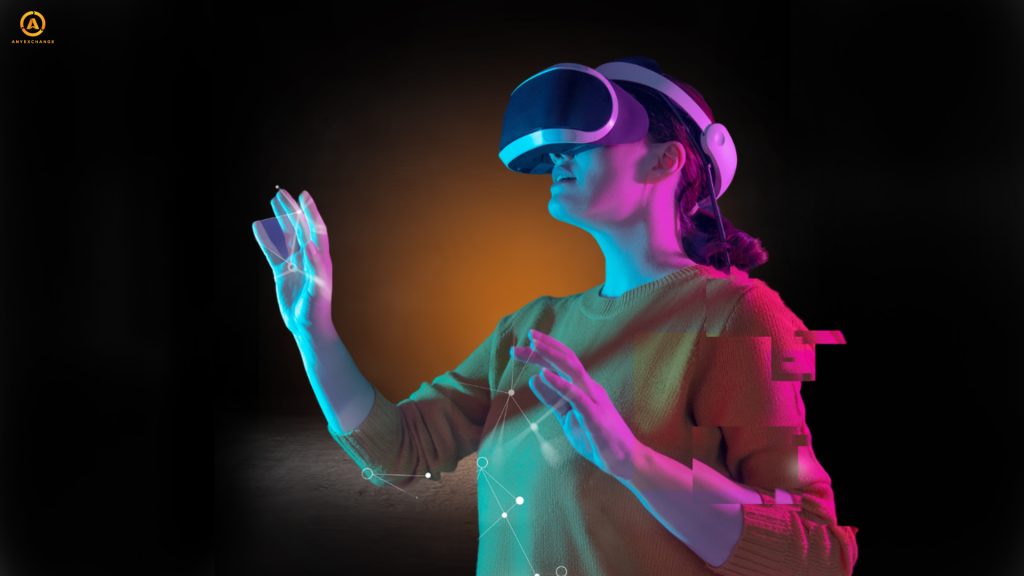
Today, developers have a huge playing field on which to create exciting multi-level virtual worlds that allow users to literally “live a virtual life”: build or buy houses, attend concerts and soccer matches, study, have sex, cook and shop. The meta-universe concept was picked up by corporate giants who saw great promise in it.
Decentralized games have made so much progress in terms of gameplay complexity and graphical fidelity in recent years that they can now compete with today’s AAA games.
The year 2024 is marked by the growth of the Web3 gaming segment. The GameFi sector reached an all-time high of $30 billion at the end of the first quarter. According to DappRadar and the Blockchain Gaming Alliance, investments in Web3 gaming reached $1 billion in April 2024, the highest in three years. The increase in investment in the sector has been driven by growing interest from venture capital funds. In particular, investment giant a16z (Andreessen Horowitz).
In addition, the number of daily unique active wallets on GameFi exceeded a record 2.9 million, and the number of Web3 gaming users more than doubled during the year. This indicates increased user interest in digital assets in the context of the blockchain gaming economy.
Leading gaming platforms inсlude Ronin with Pixels and Polygon with crypto games Matr1x and QORPO WORLD.
The meta-universe is on the agenda of major tech giants working on how to bring the futuristic vision of virtual reality to life. For the gaming industry, this topic is particularly relevant as meta-universe technologies offer a whole new level of opportunities for gamers to interact with each other and the outside world. Such mutual integration will allow both technologies to evolve qualitatively and will provide an opportunity to benefit both companies and users.
The meta-universe is essentially a three-dimensional simulation of the real world, combining the most advanced technologies: web3, virtual and augmented reality, and digital assets capable of tokenizing virtually any object in the real world and translating it into a virtual plane. The 3D visualized reality lives and evolves in real time, recreating in digital space individuals (through avatars), society (through virtual communities), property (through virtual lands, cars, household items, etc.) and commodity-money relations (through transactions in digital assets).
Does the meta-universe exist now?
Companies and brands are embracing the three-dimensional Internet and demonstrating a desire to use it to provide users with immersive experiences and virtuality beyond traditional digital platforms. However, there is not a single company that has set out to create and achieve a meta-universe. A meta-universe is not a single solid product that any company or government can produce. The idea of a virtual world is similar to the concept of the Internet: there are disparate elements in the form of content, software, or applications that can only become a complete whole when the conditions are fully developed. It is a vast ecosystem that opens up possibilities not available to any of its parts individually. Yes, it can be said that elements of the meta-universe still exist today. However, its creation requires a diverse and interoperable digital space made up of a huge number of different platforms, tools and solutions. According to experts, this will take at least 5-10 years.
Why are the Meta-Universe and GameFi so important to each other?
Components of the meta-universe that combine AR, VR, internet, blockchain and other technologies already exist. GameFi is one of the key elements in the concept of virtual worlds because it is able to combine the user’s gaming experience with monetary rewards. The meta-universe, in one form or another, has already been successfully implemented in various gaming projects, creating spaces where avatars perform actions that are as close to real life as possible. A virtual or augmented reality headset only increases the immersive effect.
The virtual worlds of Decentraland and The Sandbox
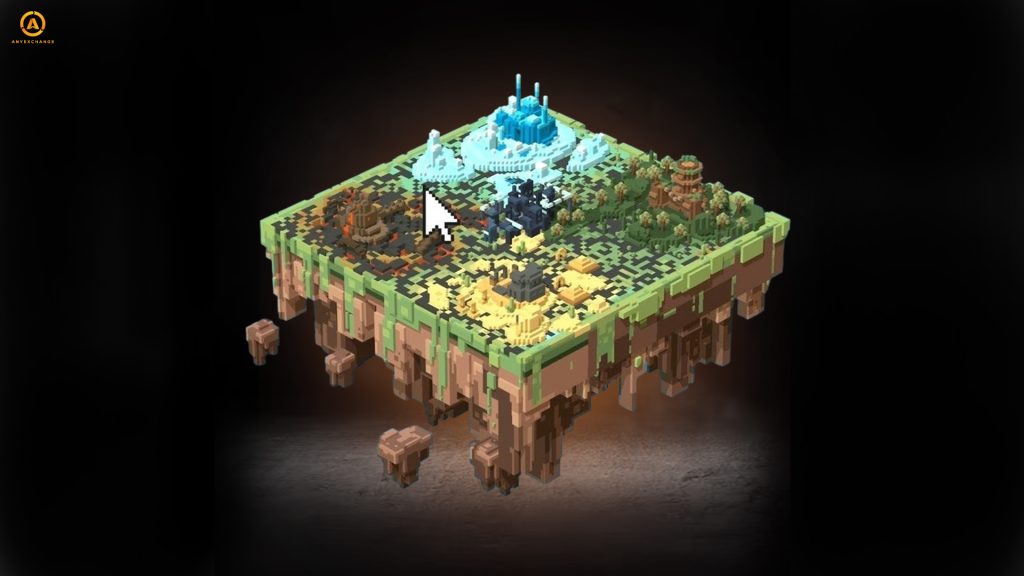
These are the most popular platforms where you can buy virtual land, build a house, decorate it and then sell it by listing the NFT of your new virtual property.
Decentraland and The Sandbox are virtual reality worlds where you can create, trade, experience and monetize movable and immovable digital assets. Both meta-universes thrive on gamified user-generated content created and developed using tools provided by developers. As the audience and developer community has grown, the platforms have become incubators for the creation of web3 games. Over time, Decentraland and The Sandbox are moving closer and closer to full-fledged real-life simulations, while allowing participants to become creators of new worlds.
Portal to the meta-universe
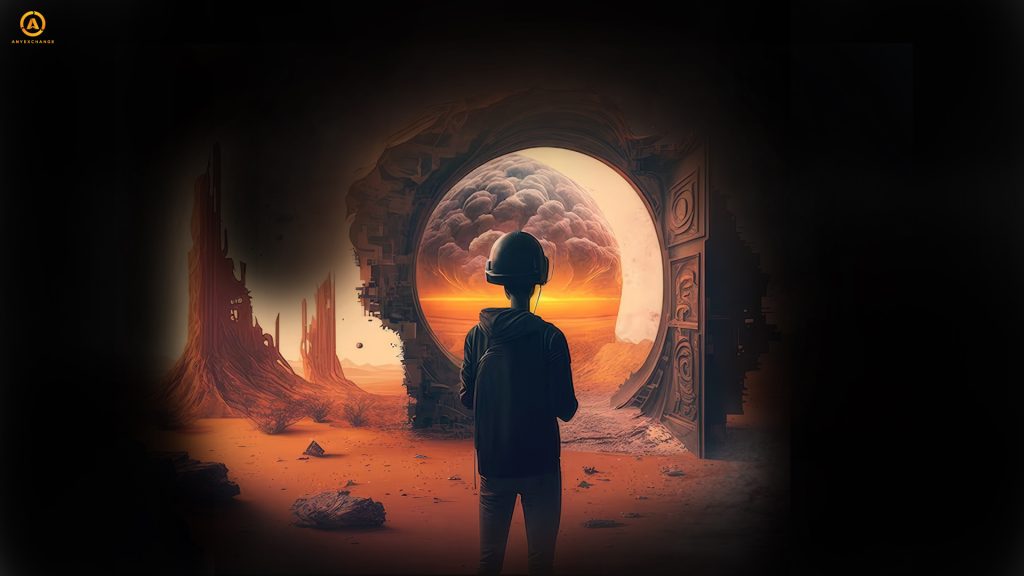
Today, it seems that the next milestone in the development of GameFi will be its integration into the meta-universe. The gamification of social interaction is one of the basic principles of the virtual universe, and this is exactly what blockchain games, based on the principles of decentralization, security and broad monetization possibilities, can bring to it.
The key challenge for developers today is to “stitch together” the disparate elements of the virtual world into a unified and comprehensive environment. Imagine a time when you can control your identity and migrate between virtual worlds, opening up new possibilities. And it is GameFi that can be the link and at the same time the development point for the meta-universe in the broadest sense of the word.
Thank you very much for your attention. We wish you success in exploring and mastering virtual worlds!
AnyExchange is a cryptocurrency exchanger that has been successfully operating for more than five years. On our platform you can convert more than 100 currency pairs at the most favorable rate. Fast and anonymous money transfers worldwide are available on the website.



